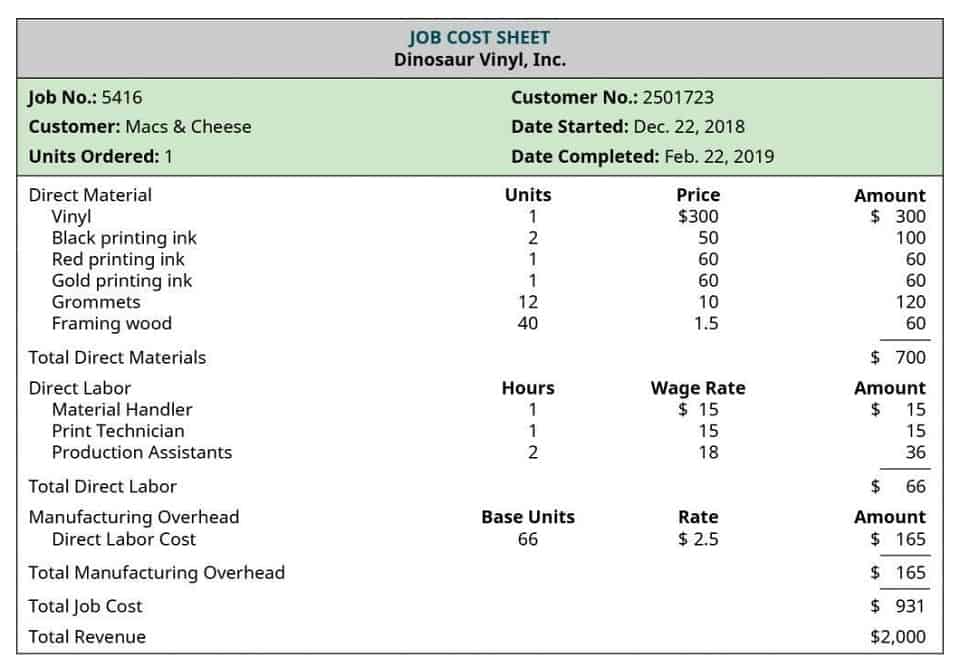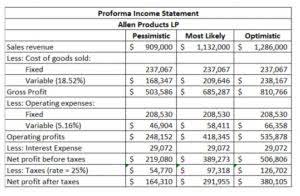
For intricate operations, the multi-step format offers detailed layers of analysis. Aligning the format with the business’s needs ensures relevance and utility. A comparative income statement juxtaposes financial data across multiple periods, enabling businesses to track performance trends and assess growth. Comparing figures over time helps identify factors influencing financial outcomes, such as market shifts or management decisions, and guides strategic adjustments. A corporation’s own stock that has been repurchased from stockholders. Also a stockholders’ equity account that usually reports the cost of the stock that has been repurchased.
Presentation of total comprehensive income
A third proposition is for the OCI to adopt a broad approach, by also including transitory gains and losses. The Board would decide in each IFRS standard whether a law firm chart of accounts transitory remeasurement should be subsequently recycled. In summary, for accounting purposes, assets may be considered as held for sale when there is a formal plan to dispose of the segment. This ensures that only assets for which management has a detailed, approved plan for disposal get measured and is presented as held for sale.
Comparative Financial Statements
For example, changes due to foreign currency rates or market price changes of investments are included. These reflect how the company’s finances might change before anything is sold or cash changes hands. It’s vital to note how unrealized gains might affect future finances. This awareness helps a company stay flexible and strong during market changes. Balancing current results with future possibilities is important for growth.

Key Takeaways
The FASB is also conducting a standard-setting project on the presentation of financial statements. Although the format of the income statement is not prescribed, certain items require presentation, if material, either on the face of the income statement or disclosed in the notes to the financial statements. Here we highlight certain items common for commercial or industrial companies and how they should be presented in the income statement. Under IAS 11, the income statement is the primary financial statement used to provide an understanding of a company’s performance and operations over a defined period of time. Because of its importance, its format is often debated and scrutinized by preparers, users, regulators, standard setters and others.
You can share the article with others through the following communication channels:

You can think of it like adjusting the balance sheet accounts to their fair value. This lack of a consistent basis for determining how items should be presented has led to an inconsistent use of OCI in IFRS standards. It may be difficult to deal with OCI on a conceptual level since the International Accounting Standards Board (the Board) is finding it difficult to find a sound conceptual basis. At present it is down to individual accounting standards to direct when gains and losses are to be reported in OCI However, there is urgent need for some guidance around this issue.
- A current asset representing amounts paid in advance for future expenses.
- The IASB is conducting a standard-setting project on the primary financial statements to provide clarity on subtotals in the income statement, non-GAAP financial measures and unusual or infrequent items.
- Net income is what remains after you take your gross revenue and subtract all these expenses.
- Interest earned by a bank is considered to be part of operating revenues.
- The higher the earnings for each share, the more profitable it is to invest in that business.
- Keep in mind, that we are not only adjusting the assets of the company, available for sale securities, we are also adjusting the net assets of the company, stockholder’s equity.
What Does Comprehensive Income Include?

One of the main financial statements (along with the balance sheet, the statement of cash flows, and the statement of stockholders’ equity). The income statement is also referred to as the profit and loss statement, P&L, statement of income, and the statement of operations. The income statement reports the revenues, gains, expenses, losses, net income and other totals for the period of time shown in the heading of the gross vs net statement. If a company’s stock is publicly traded, earnings per share must appear on the face of the income statement.
- It is great for looking into revenue handling, expense managing, and tax efficiency.
- For intricate operations, the multi-step format offers detailed layers of analysis.
- Some corporations may be required to have their external financial statements audited.
- In this article we highlight key considerations affecting preparers when choosing the structure, format and contents of the income statement and other presentation matters.
- Reclassification adjustments are amounts recognised to profit or loss in the current period that were previously recognised in OCI in the current or previous periods.
Subscribe to the IFRS® Perspectives Newsletter
However, the Board may also provide exceptional circumstances where income or expenses arising from the change in the carrying amount of an asset or liability should be included in OCI. This will usually occur to allow the SOPL to provide more relevant information or provide a more faithful representation of an entity’s performance. Whilst this may be an improvement on the absence of general principles, it might be argued that it does statement of comprehensive income not provide the clarity and certainty users crave. In today’s complex business environment, understanding and reporting comprehensive income is essential for companies looking to provide a complete and transparent picture of their financial performance. By including both realized and unrealized gains and losses, comprehensive income offers valuable insights into a company’s overall financial health and helps stakeholders make more informed decisions. Comprehensive income is the variation in the value of a company’s net assets from non-owner sources during a specific period.

Definition and Purpose of Income Statements
Similarly, the amount not yet allocated is not an indication of its current market value. A gain is measured by the proceeds from the sale minus the amount shown on the company’s books. Since the gain is outside of the main activity of a business, it is reported as a nonoperating or other revenue on the company’s income statement.